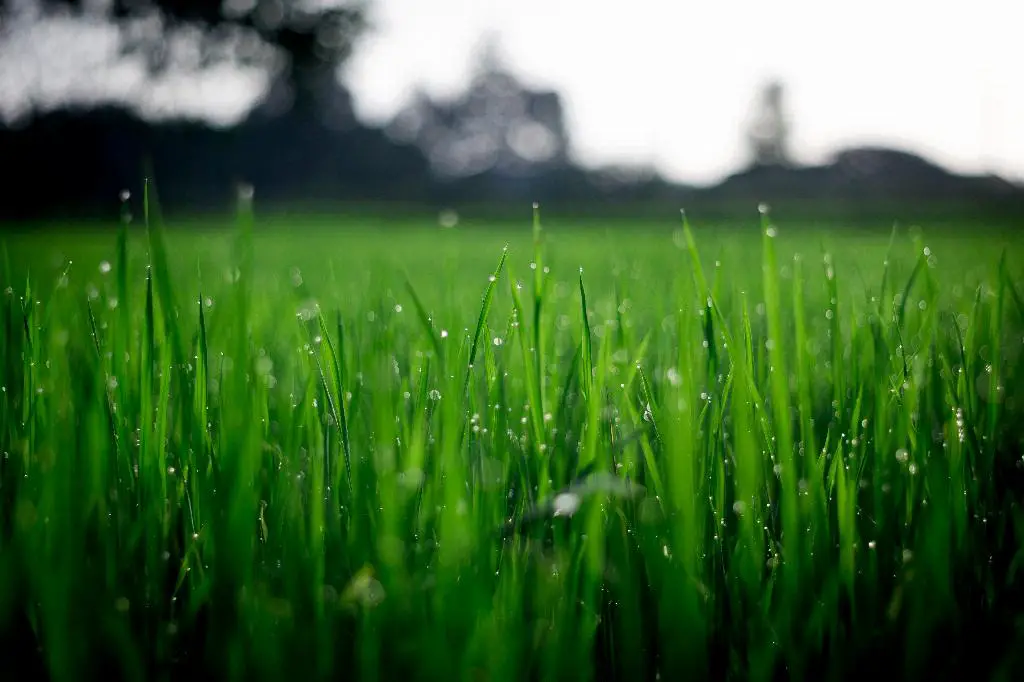When it comes to watering your lawn, one of the most common questions that arise is how long you should actually water for optimal growth and health of your grass. This is a crucial aspect of lawn care as getting it right can make a significant difference in the appearance and longevity of your lawn. In this article, we will delve into the details to determine the ideal duration for watering your lawn.
Weekly Watering Recommendations
Experts recommend watering your lawn with about one inch of water per week. This is a general guideline that can vary depending on the type of soil, grass, and climate conditions in your area. However, aiming for this target can help maintain a healthy and lush lawn.
Determining Watering Duration
To determine how long you need to water your lawn to achieve the recommended one inch per week, there is a simple method you can follow. Place a plastic container in your yard, such as a rain gauge or empty tuna can, and set a timer while watering. This will help you measure the amount of water your lawn is receiving.
Understanding Water Absorption
On average, it takes about 30 minutes to water your lawn and provide it with half an inch of water. This can serve as a starting point for your watering duration calculations. By watering for 20 minutes, three times per week, you can ensure that your lawn receives approximately one inch of water, meeting the weekly requirement.
Frequency of Watering
While the total amount of water is crucial, the frequency of watering also plays a significant role in maintaining healthy grass. It is generally recommended to water deeply and infrequently to encourage deep root growth. This helps the grass become more resilient to drought conditions.
Best Time to Water
The timing of your watering sessions can impact the effectiveness of the water uptake by your lawn. It is advisable to water your lawn in the early morning, ideally before 10 a.m. This allows the grass to absorb the moisture before the heat of the day evaporates it. Watering in the evening can promote fungal growth due to the extended moisture on the grass overnight.
Factors Influencing Watering Duration
There are several factors that can influence how long you should water your lawn. These include the type of soil in your yard, the slope of your lawn, the weather conditions, and the overall health of your grass. Monitoring these factors can help you adjust your watering schedule accordingly.
Adjusting for Rainfall
It is important to take into account any rainfall that your lawn receives when determining your watering duration. If your lawn has already received a significant amount of rainfall during the week, you may need to adjust your watering schedule to avoid overwatering, which can lead to issues such as root rot.
Observing Grass Health
Monitoring the health and appearance of your grass can provide valuable insights into whether your watering regimen is adequate. Signs of underwatering include wilting, browning, and slow growth, while overwatering can lead to yellowing, fungus growth, and an unpleasant smell.
Utilizing Smart Watering Tools
For more precise control over your lawn watering, consider using smart irrigation systems or tools that can automatically adjust watering schedules based on local weather data and soil moisture levels. These innovative solutions can help optimize your lawn care efforts and conserve water.
Consulting Local Experts
If you are unsure about the specific watering needs of your lawn or if you encounter challenges in maintaining a healthy grass, don’t hesitate to reach out to local landscaping professionals or extension services. They can provide tailored advice based on your region and unique lawn conditions.
Conclusion
In conclusion, determining the ideal duration for watering your lawn involves a combination of factors such as weekly watering recommendations, understanding water absorption rates, considering the frequency of watering, and adapting to various influencing factors. By following these guidelines and observing the health of your grass, you can achieve a vibrant and thriving lawn that enhances the beauty of your outdoor space.

